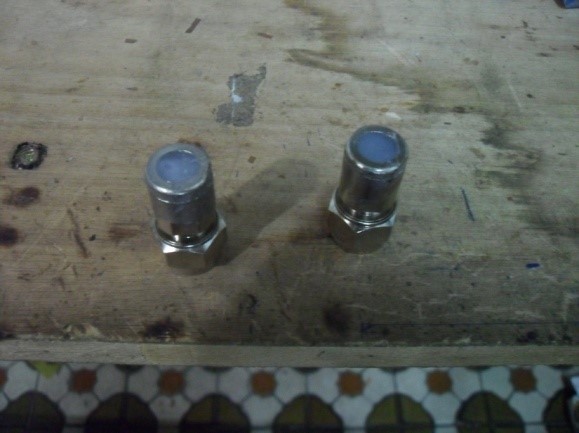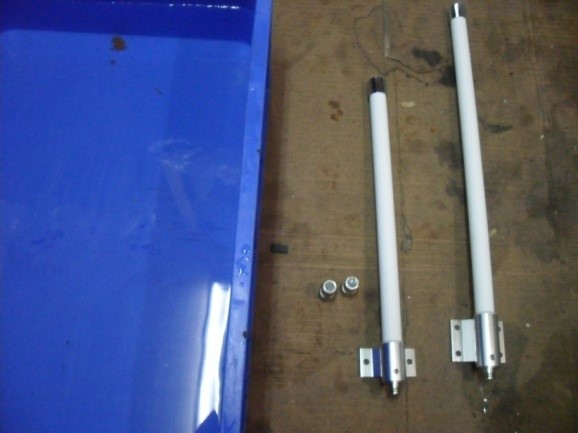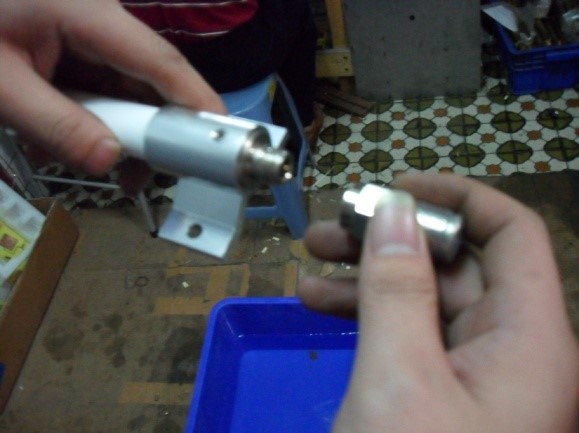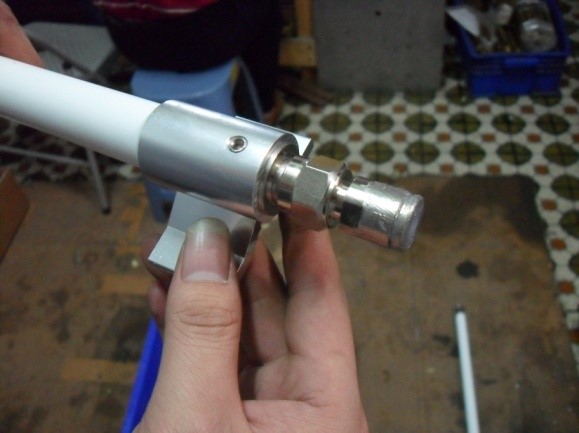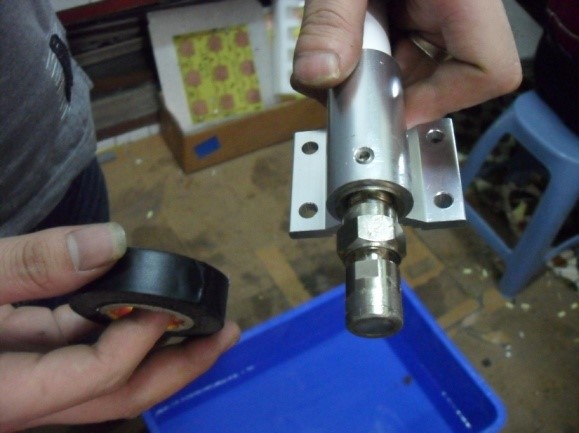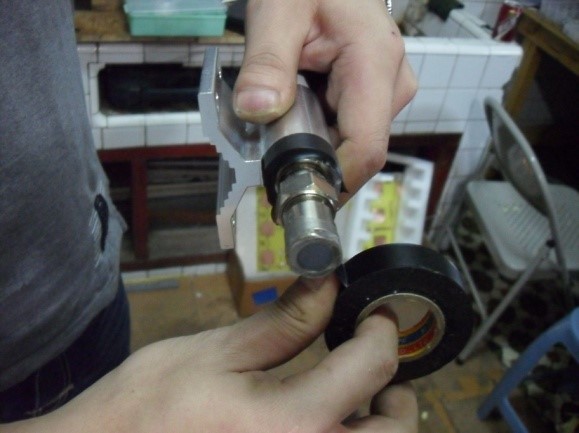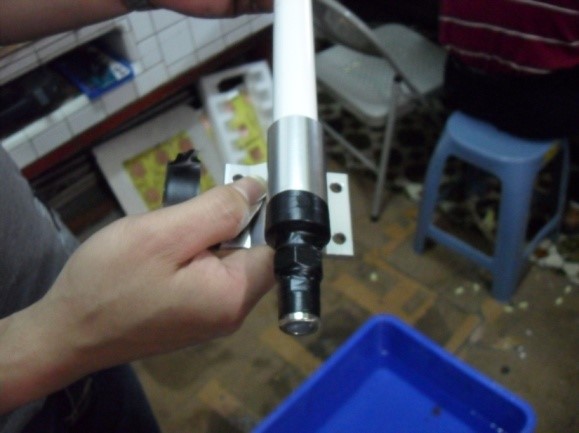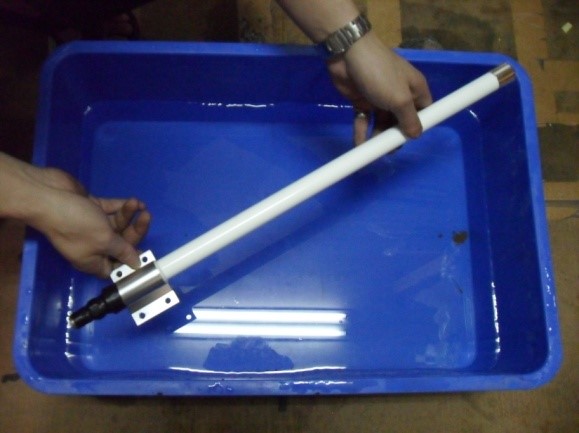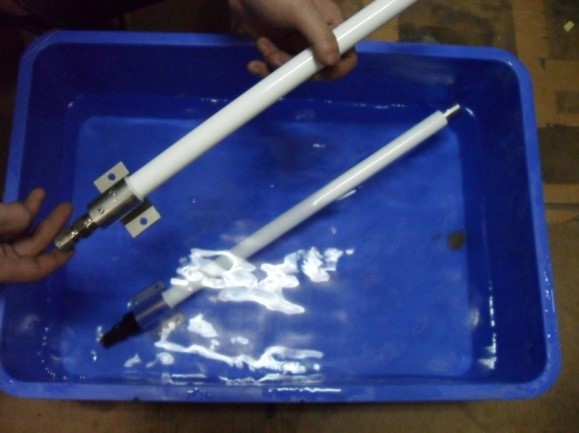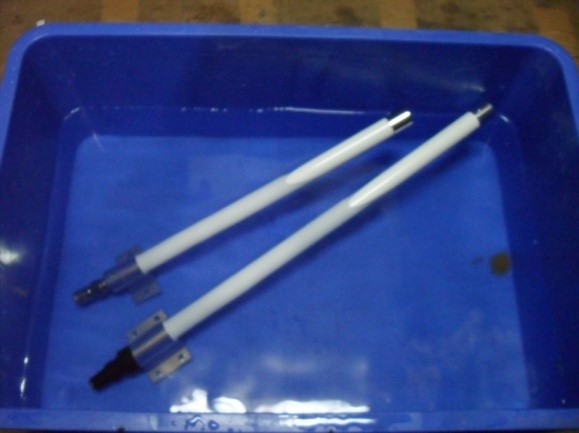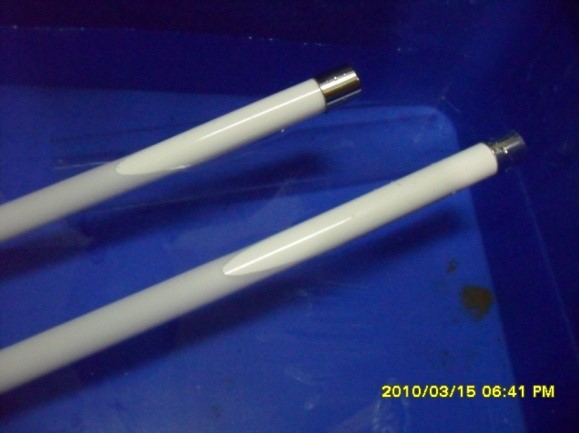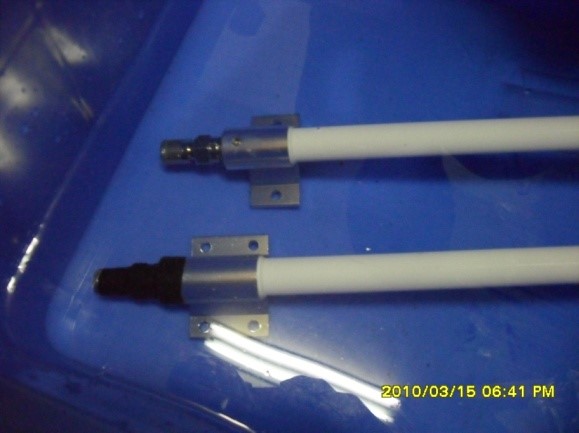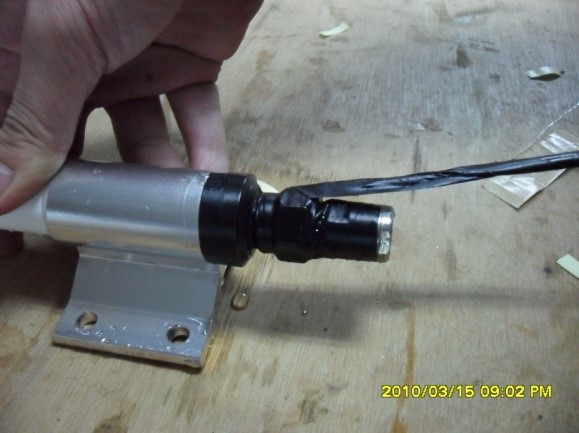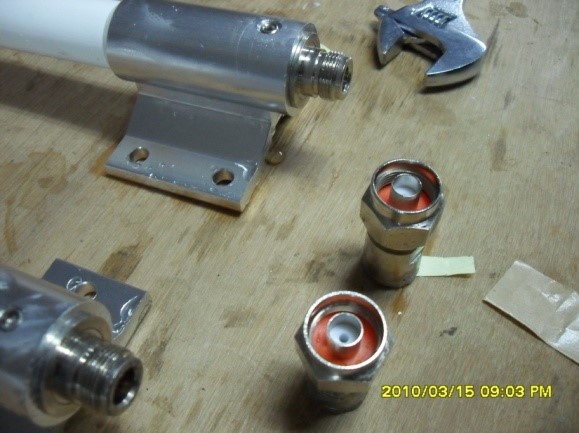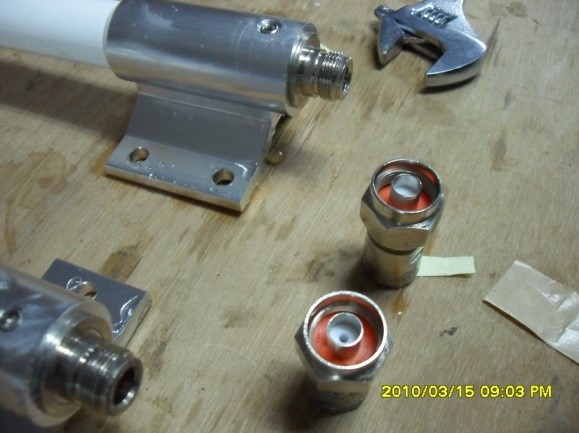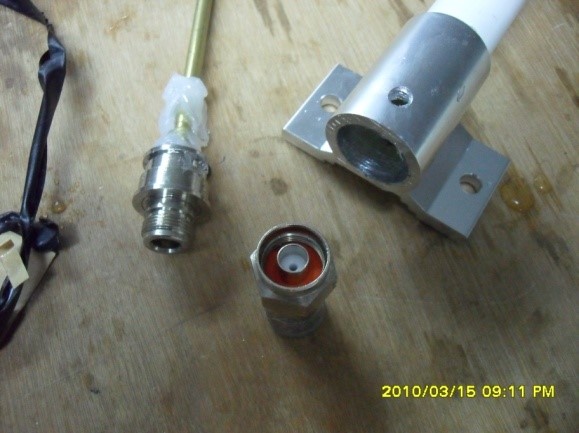-
-
-
Total Amount:
-

Outdoor Antenna – LoRa Antenna Waterproof Test
Date: 13/07/2022|
Step 1: Seal the rear end of the connector with silicone |
Step 2: Use the 2 types of Antennas – short 63 aluminum extrusion and middle 63 aluminum extrusion |
|
Step 3: Prepare to attach the connector in step 1 to the antenna connector |
Step 4: Fasten the connector |
|
Step 5: Use general electrical tape, it is better to use self-melting waterproof tape |
Step 6: Use waterproof tape to create isolation from water and moisture |
|
Step 7: Wind the waterproof tape several times around the junction of the middle 63 aluminum extrusion Antenna |
Step 8: Put the antennas into about 50cm deep water level |
|
Step 9: Put the short 63 aluminum extrusion Antenna which is not wrapped with waterproof tape |
Step 10: 2 sets of antennas are placed in the water (as you can see half upper of the antennas float, which mean there is no air to be inhaled |
|
Step 11: Start time: 15:06 |
Step 12: After 1.5 Hour, at 18:41, the antenna is still floating on the water. |
|
The bottom of antenna which are heavier because of the connector |
After 5 hours |
|
Step 13: Take the antenna out of water. |
Finish |
|
Result:
|
Disassemble the internal part of antennas, there is no moisture or water entering. This indicates that there is no doubt about the quality of the antenna, as long as we just need to pay attention to the waterproofness of the connector |
When installing an omnidirectional Outdoor antenna or LoRa Antenna, please pay attention to the following conditions:
1. Need to pay attention to being water resistance function but also moisture-proof, it is necessary to use waterproof tape or self-melting tape.
2. There are many products on the market. Although aluminum pipes are used to isolate the water from the joints, the moisture cannot be avoided, and the construction and installation are not easy. In fact, the most likely cause of moisture intrusion is the temperature caused by the difference.
3. In the general base station installation specification, the connector should be completely covered to avoid damage to the equipment due to static electricity.
4. The best lightning protection effect should be installed directly at the lower end of the antenna connector, instead of adding another patch cord, which will not only cause the wire loss of the antenna but also cause the problem of affecting the connector impedance due to rain.
5. Pay attention to the installation of the antenna, try to use a metal rod, if a lightning pole occurs, the metal part can release part of the energy,
6. When installing the omnidirectional antenna, the aluminum extrusion part should be exposed to the outside, so that the omnidirectional antenna characteristics can cover the required signal.
7. When using a coaxial cable, try to use a low-loss cable and shorten the cable length as much as possible to reduce the loss from the device end to the antenna.
8. The antenna connector and wire connector should be locked as tightly as possible, but do not use tools to exert excessive force to cause damage to the connector.
9. Using Lightning Arrester should also pay attention to the way of waterproof and moisture-proof.
10. It is very easy to install the antenna, if you pay attention to some small details, everyone is an antenna installation professional.
